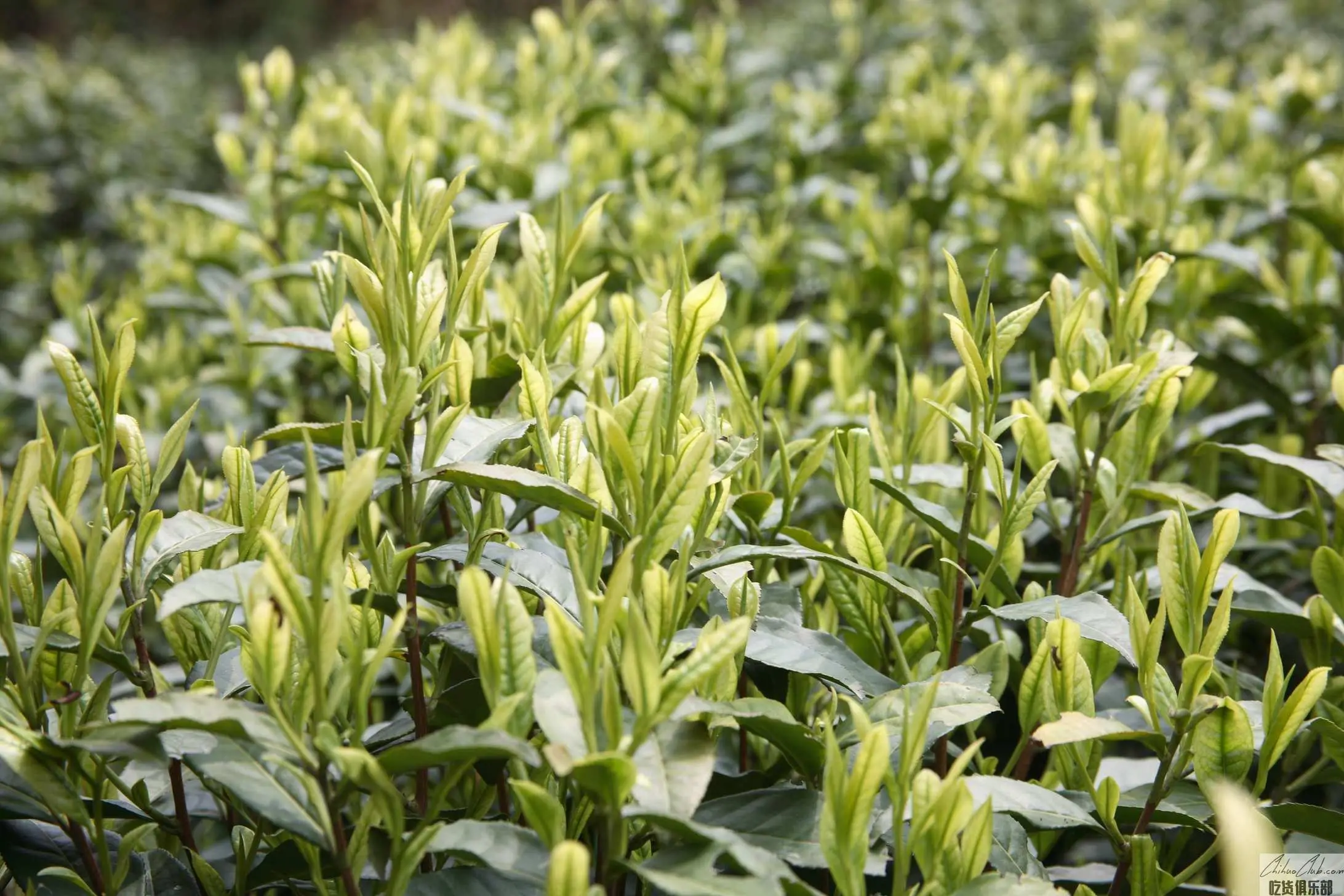
Jing'an White Tea
-
Update date::
-
Date of protection::
-
Protected range:Jing'an White Tea is produced in the administrative areas of 5 townships in Zhongyuan Township, Luowan Township, Qidu Town, Sanzhulun Township and Baofeng Town of Jing'an County, Jiangxi Province.
-
Category:
Jing'an white tea has the shape of Fengyu, which is round and tight and straight; the leaves are thin and transparent; the leaves are in a white, jade-white; the leaves are green; the soup is bright yellow, clear and bright; the taste is fresh and refreshing, and the taste is sweet.
One bud and one leaf, Jing'an white tea; specialty of Jing'an County, Jiangxi Province, the main producing area is in Jiuling Mountain, Shuangxi Village, Luowan Township. After long-term optimization, Jingan White Tea has formed a unique quality advantage. The shape is round and tight, straight and tender, the color is white and tender, the tea is rich and sweet, and the taste is sweet and sweet; the color of the soup is bright and yellow, the bottom of the leaf is blossomed and reduced to jade white, and the veins are green. The product won the silver medal of the famous tea evaluation in Jiangxi Province in 2006 and the third in 2006. The China International Tea Industry Expo Gold Award and other honors. China National AQSIQ Geographical Indication Products (9 AQSIQ No. 88, 2012), scope of protection; Zhongyuan Township, Luowan Township, Qidu Town, Sanzhulun Township, Baofeng Town, Jing'an County. Variety Yuanjing Jingan planted white tea for more than 400 years. In 1935 (24th year of the Republic of China), "Jiangxi Yearbook" contains records about Jingan white tea. According to Jing'an Agricultural Records, Jing'an White Tea belongs to the wild tea in Jiuling Mountain, Shuangxi Village, Luowan Township, Jing'an County, Jiangxi Province. It is a white tea produced by other producers. An white tea. In August 1989, the tea science and technology personnel of the county carried out artificial cutting, breeding and breeding, and then carried out trial planting and promotion in Jing'an Stone Garden Tea Factory, and gradually expanded to the county.
Jingan white tea quality technical requirements First, the variety is suitable for the production of Jingan white tea local group and other tea tree varieties. 2. Mountainous areas with an elevation of ≥400m within the site of the site. The soil type is red soil, yellow soil, purple soil and alluvial soil, and the soil texture is loam or sandy loam. The soil layer thickness is ≥1m, the groundwater level is less than 1m, the pH value is 4.5 to 6.5, and the soil organic matter content is ≥2%. Third, cultivation management. 1. 2. Colonization: The spring planting time is from mid-February to early March, and the autumn planting time is from late October to late November. The planting density is ≤60000 plants/ha. 3. Fertilization in tea garden: The application of organic fertilizer after harmless treatment is ≥15000kg/ha and the depth of fertilization is ≥20cm. 4. Environmental and safety requirements: The use of pesticides, fertilizers, etc. must comply with a number of relevant regulations and must not pollute the environment. 4. Fresh leaf picking Every year from mid-late March to mid-April, fresh buds from one bud to one bud and two leaves are picked according to the standard. Fifth, the processing technology 1. Process: fresh leaf picking → agitation → greening → strips → drying. 2. When the leaves are soft, emit green gas, and stop the green when the moisture content is 60% to 65%. (2) Killing: The pot temperature is controlled at 200 ° C to 230 ° C, and the killing time is 4 minutes to 6 minutes. When the color of the leaves becomes darker, the leaves are soft and loose, the stalks are constantly stalked, the green gas disappears, the tea fragrance is released, and the weight loss rate is about 15% to 20%. (3) Rule: The pot temperature is controlled from 90 ° C to 110 ° C for 7 minutes to 9 minutes. When more than 95% of the tea sticks are round and the hand touches the touch (about 70% dry), the strip is stopped. (4) Drying: The temperature is 85 ° C to 95 ° C, and the time is 30 minutes to 60 minutes. When the tea is pressed into a powder and the water content is less than 6.5%, it is immediately cooled to room temperature. Finally packaged for storage. Sixth, the quality characteristics 1. Sensory characteristics: The shape of the line is tight, shaped like a feather feather, the color is like a jade cream, oily and bright. The inner aroma is rich, the taste is fresh and sweet, the soup is yellow, clear and bright. The leaves are delicate and tender, the leaves are jade white, and the veins are green. 2. Physical and chemical indicators: Water extract content ≥ 36%, amino acid content ≥ 5%. 3. Safety and other quality technical requirements: Product safety and other quality technical requirements must comply with relevant national regulations.
Apply to:
Producers within the scope of Jing'an White Tea can submit an application for the “Special Mark for Geographical Indication Products” to the Quality and Technical Supervision Bureau of Jing'an County, Jiangxi Province. It will be reviewed by the Jiangxi Provincial Bureau of Quality and Technical Supervision and reported to the AQSIQ for approval. . The statutory testing agency of Jing'an White Tea is designated by the Jiangxi Provincial Bureau of Quality and Technical Supervision.